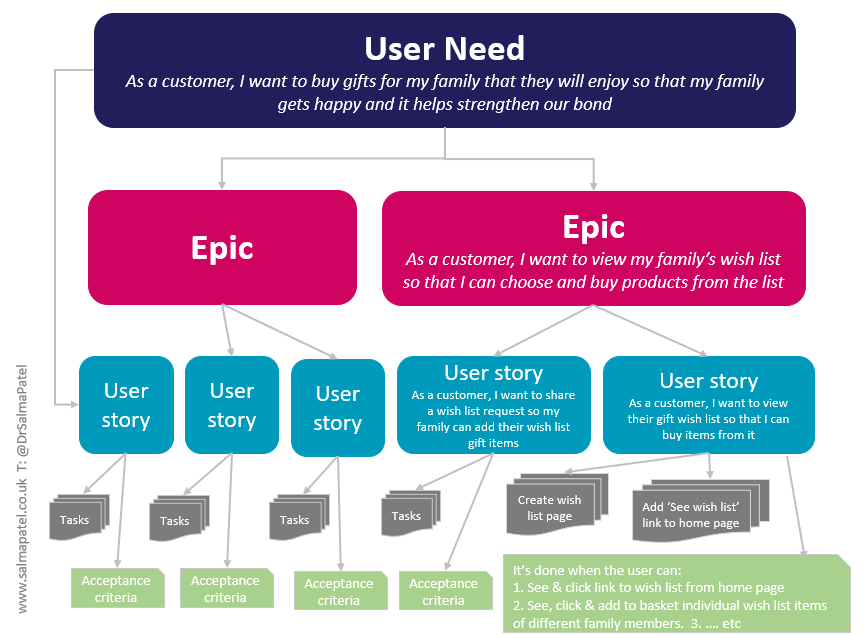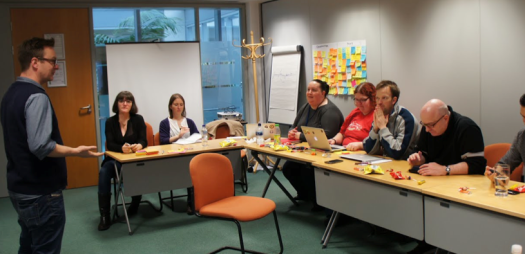When digital meets government, pure Agile just won't do

All About Big, Hairy, and Agile: Winner of the Digital Design of the Year

Doing this would eliminate any possible build-up of pressure, make more space for knowing, foster creativity and allow time for group reconfiguring. Sustainable structure would be a must we require to have less bothersome technical debt. You can learn more in this article about our 2017-2018 roadmap. This brand-new way of working would be rather a big change for the people working on GOV.UK.
So we took a variety of actions to introduce it carefully. To start with, we mapped our planned objectives versus the headcount, to make sure we had the best variety of people and the right skills. Then we sent a survey to all staff asking them what groups they would be interested in working on or had any relevant experience in.

A Birds Eye View On The Agile Frameworks Forest - PM Today
And we satisfied great deals of individuals separately to speak about their preferences and development opportunities. We have actually been running this model on GOV.UK for simply over a year now. And it's also being used by other parts of GDS. When we initially began operating in this way, a lot of teams faced challenges with incremental delivery, delivery at speed, sustainable structure, doing things with data and responsiveness to change.
Team - Advance Agility Can Be Fun For Everyone
We attained this through extensive training for teams, strong messaging and support from program leadership, moving senior citizens into wider roles where they can oversee the work of several teams, and great deals of sharing of finest practice between groups. With 168 people throughout 24 groups, GOV.UK was a reasonably big programme.

Integrating Design Sprints into GDS phases - by Philip Watson - UX Planet
To combat this, we've divided our work into a handful of goals, with each objective containing 3-5 related missions and about 40 people. A lot of individuals are designated to teams, however some individuals are appointed to specific goals so that they can assist out on each objective as required. This move towards working in smaller sized groups instead of one huge group helped teams to become much better at self-organising and more versatile to change.

Four Steps to Defining Your Product Vision with Agile Management - dummies
We are all extremely enthusiastic about our work, and it's tough to stop doing something when it appears like there is more to do. However it's finest to do less and do it well rather than to be too enthusiastic and have no slack for the unexpected. When Did you see this? did choose to stop briefly deal with objectives, there was an initial and unfavorable emotional reaction from group members.
